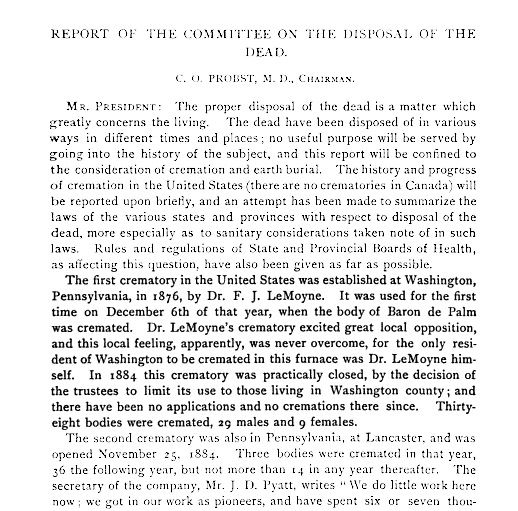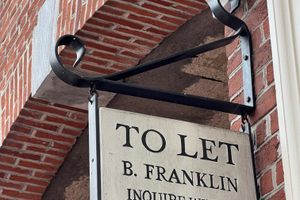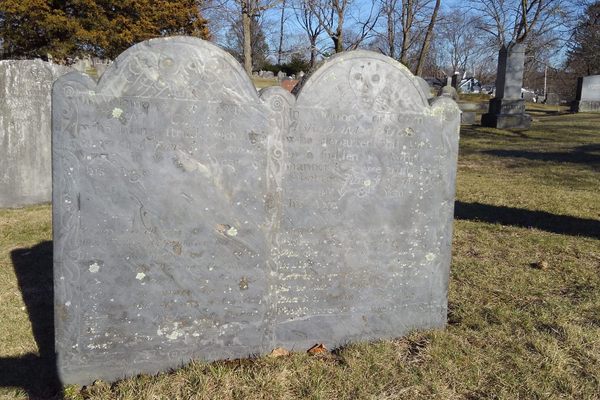About
Francis Julius LeMoyne was a doctor who wanted to make disposal of the dead more sanitary.
He was already in his 70s when Dr. Francis Julius LeMoyne opened the first crematory in the United States. In his retirement, after a varied career in various aspects of medicine, he began to worry about possible pollution from human bodies decomposing underground. His particular fear was that toxins from the dead would make their way into drinking water and harm the living. Embalming had become popular during the Civil War, but LeMoyne thought the simple coffins used at the time were not enough to prevent ground water from being tainted.
LeMoyne speculated on a connection between this burial method and outbreaks of disease among his neighbors in Washington, Pennsylvania. Instead, he suggested, cremation was the healthiest and safest alternative. At first, he sought the assistance of the administrators of a local cemetery with the hopes of building a crematory on site. They refused. Instead, he began building on land he owned in an area known as Gallows Hill, the location of executions generations earlier.
At about the same time, an Austrian-born nobleman who had relocated to New York had taken ill and died. Bardon De Palm had a fear of being buried alive and requested cremation in the event of his death. No crematory existed in the country, however, and the executor of his estate, Henry Steel Olcott, had the body embalmed and organized a funeral with scene-stealing pagan elements. And he contacted Dr. LeMoyne.By the end of 1876, several months after De Palm's death, LeMoyne opened his small crematory. He had kept the building purposely simple as a minor protest against the extravagance and ostentation of contemporary memorial services and rites. Its simplicity, however, drew criticism as being inappropriate for such a solemn use. The one story building was only about 30 feet wide and contained only two rooms: a preparation and viewing room and the actual furnace. The most important innovation was that it was built such that the fires never actually touched the body. He hoped that detail would derail critics who thought cremation was inhumane or un-Christian
But LeMoyne originally intended the crematory only for his personal use, until Olcott contacted him about De Palm's wishes. LeMoyne and Olcott agreed that it was an opportunity to show how viable cremation was. On a cold day, December 6, 1876, the embalmed body of De Palm was cremated in a ceremony that was open to the public and attended by many, including mourners, journalists, and a few protesters. Some in the audience were poorly behaved but the cremation was successful. His ashes were taken back to New York (although some were gathered as souvenirs, including by LeMoyne himself). The event, and the media frenzy that surrounded it, did little to dispel the public's dislike of cremation practices.
LeMoyne died less than three years later. He was the third person to be cremated in the country's first crematory. His ashes are buried on the site along with a memorial. A state historical marker was placed here in 1966.
In addition to being a medical doctor, LeMoyne was a philanthropist who donated to educational institutes (including his alma mater, now known as Washington & Jefferson College) and helped establish the local Citizens Library. He sought political office, including multiple runs for governor of Pennsylvania, though he was never elected. He also was an abolitionist and assisted people escaping from slavery through the Underground Railroad. His home, still standing nearby on East Maiden Street, serves as the home base for the Washington County Historical Society and is open to the public.
Related Tags
Published
October 30, 2015




























